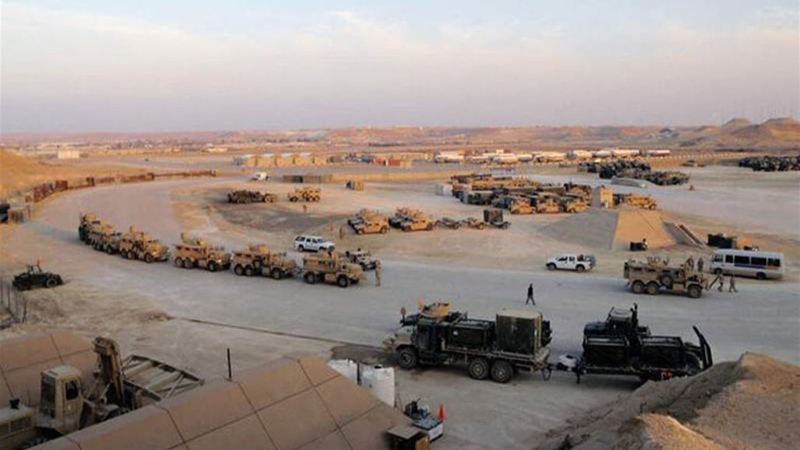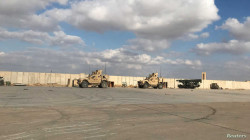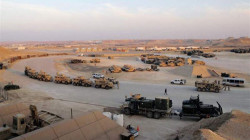What is the fate of Ayn al-Asad and Harir bases after the U.S. troops withdraw from Iraq?

Shafaq News/ According to two Iraqi security sources, the withdrawal of combat forces from US-led Global Coalition units will not affect the condition of the Ayn al-Asad airbase in Al-Anbar, western Iraq, and the Harir airbase in Erbil, the Kurdistan Region.
The Iraqi authorities announced ending the Global Coalition's combat missions in Iraq after nearly seven years of its formation in the aftermath of ISIS' invasion of large areas of the country's north and west in 2014.
A senior Iraqi security official in al-Anbar stated, “per the outcome of the fourth round of talks held at the end of July between Prime Minister Mustafa al-Kadhimi and US President Joe Biden, operations in the Ayn al-Asad and Harir airbases will continue as part of support and training mission.”
"Any plans to close or evacuate Ayn al-Asad are virtually non-existent. The airbase is an essential anchor for air support, information analysis, and providing the Iraqi forces with necessary and important briefings in the war against ISIS remnants," the security official said.
"The fortified base (located in the al-Baghdadi sub-district, 90 kilometers west of Ramadi) still contains the Patriot system," another official told Shafaq News Agency, "the task of Iraqi forces will be to fully protect the airbase under the agreement because the remaining forces are advisory, not combatant."
"Ayn al-Asad is generally under the control of the Iraqi Operations Command. In fact, the area the Global Coalition forces are stationed at is only a part of the base the 7th Division of the Iraqi army is deployed," the source said.
"Coalition forces at Ayn al-Asad airbase are advisory only. They are in charge of training and equipping the Iraqi army forces and preparing plans for operations to eliminate ISIS in al-Anbar. There are no Coalition combat forces," the director of al-Baghdadi District, Sharhabil al-Obaidi, told Shafaq News agency.
"When the Coalition forces entered the Ayn al-Asad airbase to support Iraqi forces in their fight against ISIS, they were only 1,000 troops. Even though we are sure that the current number is less than that, we did not see any evacuation on the ground," al-Obaidi stated.
"The last time we saw the Coalition forces was more than six months ago when they abandoned their positions on the Iraqi-Syrian border to join those stationed inside the Ayn al-Asad airbase," he claimed, "they moved 70 vehicles inside."
A security official in the sub-district said, "About two months ago, the Coalition forces dismissed the majority of Iraqi workers and contractors even though they began working there after obtaining the approval of the Joint Operations Command."
"Only a few Iraqi workers remained in Ayn al-Asad, a small number of whom are allowed to enter the airbase, and their work is limited to restoring and sustaining areas around it," the source continued.
"If the Coalition forces withdraw, we will sense both positive and negative impacts," said a senior local official in the al-Qaim district, west of al-Anbar.
"One of the most important advantages of the Coalition’s withdrawal is to get rid of the horror of missiles and drones exchanged between the Coalition forces and pro-Iranian factions, which frightened the locals there and forced many to abandon their hometowns," the source added.
Earlier, U.S. President Joe Biden stated that there would be no U.S. troops on combat missions in Iraq after December 31, 2021.
The Iraqi Joint Operations Command affirmed that there were no plans to delay the departure of U.S. combat troops from the country.
In July, Iraq and the U.S. agreed to withdraw all U.S. combat forces from Iraq by the end of the year.
Armed Shiite factions are threatening to wage "decisive battles" on the night of the 31st of next month if U.S. troops do not withdraw from the country.


